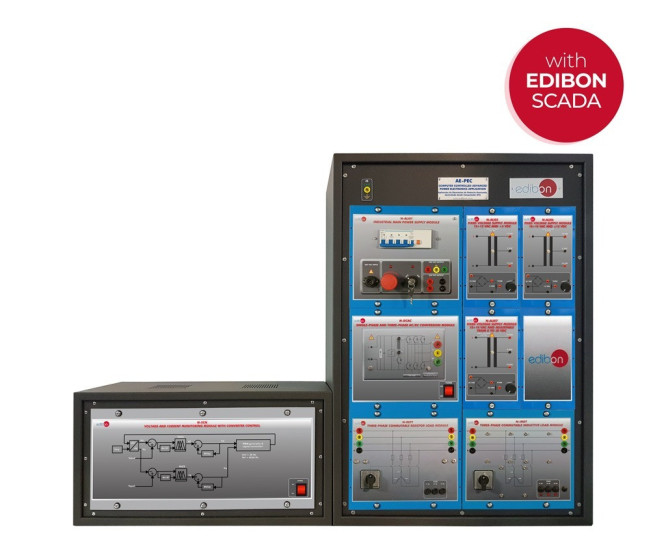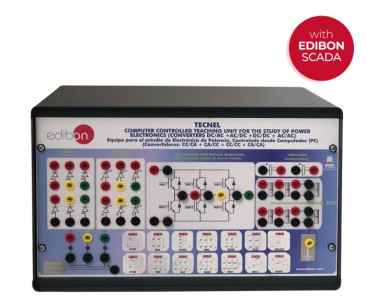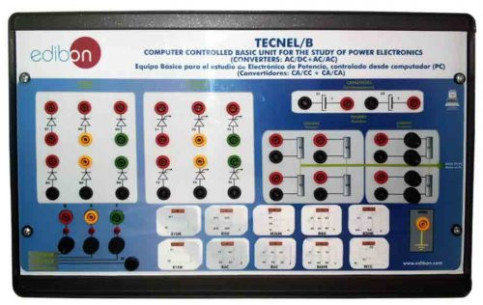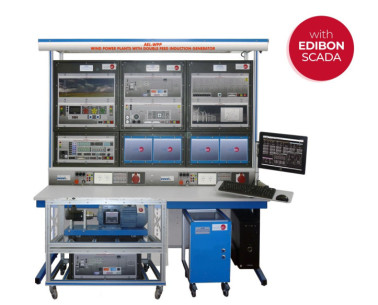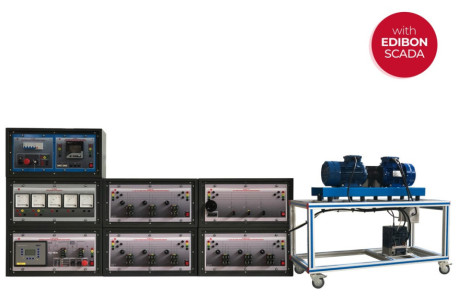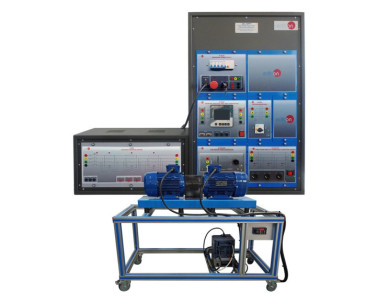Chez EDIBON, nous réaffirmons notre engagement en faveur du progrès des énergies propres et renouvelables, avec un accent particulier sur l'hydrogène vert en tant que moteur clé pour un avenir plus durable. Nous sommes fiers d'avoir été choisis pour équiper le premier laboratoire d'hydrogène vert...
La transition vers les véhicules électriques (VE) a pris une ampleur considérable à travers le monde, promettant une réduction des émissions de gaz à effet de serre et un chemin vers un avenir plus durable. Cependant, alors que la demande pour les VE s'accélère, le besoin de grandes quantités de...
Chez EDIBON, nous sommes engagés à renforcer les compétences comme pilier stratégique pour la compétitivité et le bien-être social de l'Union européenne. Une formation adéquate renforce non seulement l'économie, mais permet également aux individus de participer pleinement à la société et à la...
With the new smart bidirectional meters, all protection and control devices and the wide use of Internet, the grid has become an intelligent (smart) grid.
The growing concern over pollution and climate change has exponentially increased the interest about clean energies. Computer Controlled Renewable Energies units (with SCADA), designed by EDIBON, are not only an effective learning tool to understand all energy related processes, but also a...
On December 1st, the Repair Course for Small Laboratory Equipment, taught by our engineers at the EDIBON facilities, was completed, lasting 4 days.
The attendees, (Laboratory technicians and maintenance of the Rey Juan Carlos University of Madrid) had the opportunity to perform multiple...
 Préférences sur les cookies
Préférences sur les cookies

